In today’s increasingly competitive market, product quality has become a key factor for companies to succeed. Recently, many Quality Control (QC) teams have reported frequent issues in production—namely, Water leakage and Base rust—which seriously threaten product reliability and corporate reputation. This article examines the root causes, impacts, and countermeasures for these problems from six key perspectives, helping companies upgrade their quality and control costs.
First, as consumer requirements for product durability and safety continue to rise, every aspect of a product’s appearance and performance must meet strict standards. Recently, the recurring issue of Water leakage not only compromises product aesthetics but also directly endangers the safety of internal electronic components. Meanwhile, Base rust becomes increasingly apparent over time, affecting the overall stability of devices. Faced with these quality challenges, companies must proactively identify problems at their source and implement technological improvements.
Secondly, the issue of Water leakage can stem from several factors. Unreasonable sealing design or unsuitable material choices may lead to decreased sealing performance over time or under changing external conditions. Additionally, insufficient manufacturing precision and assembly process issues can allow moisture to penetrate into the product. For this reason, companies must optimize design, material selection, and production processes comprehensively to eliminate leakage risks.
Third, the Base rust issue primarily occurs on product bases or metal parts. When products are exposed to high humidity or if the anti-corrosion coating is inadequate, metal surfaces become vulnerable to oxidation and rust. Once the base rusts, it not only detracts from the product’s appearance but also weakens its structural integrity, creating safety hazards. In response, companies should reassess their material selection and surface treatment processes to ensure products remain stable over a range of environments.
To effectively tackle the issues of Water leakage and Base rust, technological and process improvements are crucial. First, during the design phase, advanced simulation techniques and computational fluid dynamics can be used to test and optimize sealing structures, ensuring tight integration between components. Second, improving assembly processes and upgrading production equipment precision can significantly reduce the risk of leakage. For base rust, employing high corrosion-resistant materials and enhancing surface coating processes will extend product life and ensure that quality meets international standards.
Furthermore, establishing a rigorous quality control system and inspection process is essential to prevent Water leakage and Base rust issues. Companies can integrate online monitoring equipment and automated inspection systems to continuously check the sealing integrity and corrosion resistance throughout the production process. Additionally, regular environmental simulation tests can ensure that products maintain stable performance under extreme conditions such as high humidity or elevated temperatures. Only through strict end-to-end inspections can companies effectively reduce rework and claim risks due to quality issues.
Finally, looking ahead, companies must establish a long-term mechanism for continuous improvement while keeping a close watch on new materials and process innovations. Utilizing big data and smart manufacturing technologies to monitor product performance in various usage scenarios will help identify potential Water leakage and Base rust risks in advance. Moreover, strengthening collaboration with research institutions and industry associations can drive ongoing improvements in industry standards, ensuring a competitive edge in international markets.
In conclusion, Water leakage and Base rust have emerged as significant risks that impact product quality. By thoroughly analyzing the root causes, optimizing design, enhancing manufacturing processes, and establishing strict quality inspection systems, companies can not only prevent these issues but also significantly boost product stability and market competitiveness. Continuous technological innovation and comprehensive quality management will help secure higher credibility and sustainable growth in the global marketplace. Contact us https://www.powsmart.com/product/electric-toothbrush/

Portable Teeth Whitening Pen Supplier – OEM/ODM Private Label Solutions
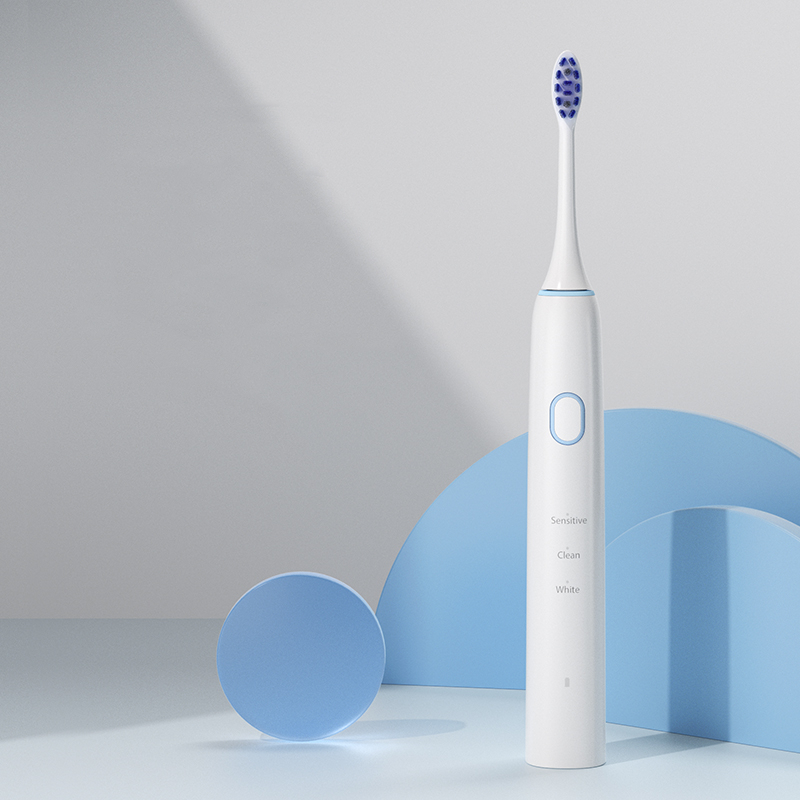
Low noise sonic technology for quiet electric toothbrush manufacturing

Water Flosser Precision Molding & Torque Testing Guide | Quality Insights
What Is the Safest Teeth Whitening Method?
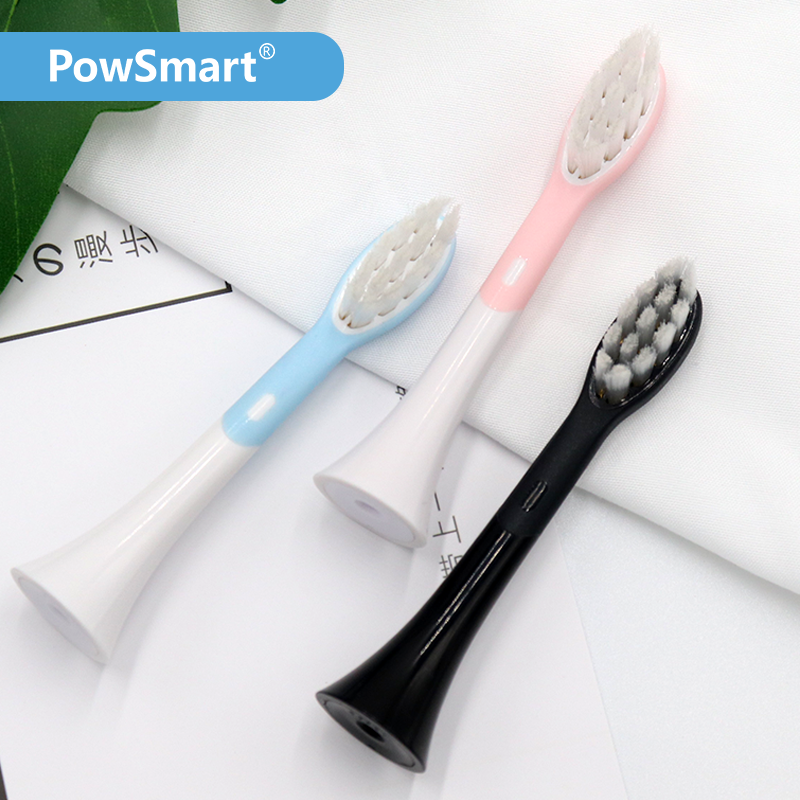
Innovating Recyclable TPU material in Toothbrush Heads
Can Short Tank Runtime Delay Oral Ulcer Care?

Essential orthodontic Oral Care Products for Orthodontic Patients: Key Elements & Solutions

Keep Your Travel dental hygiene Fresh While Traveling: 5 Easy Solutions for On-the-Go Care
Thanksgiving Employee Gift Sets Electric Toothbrush Seattle | Supplier
Tank Mold with Bacterial Regrowth – Health Crisis?
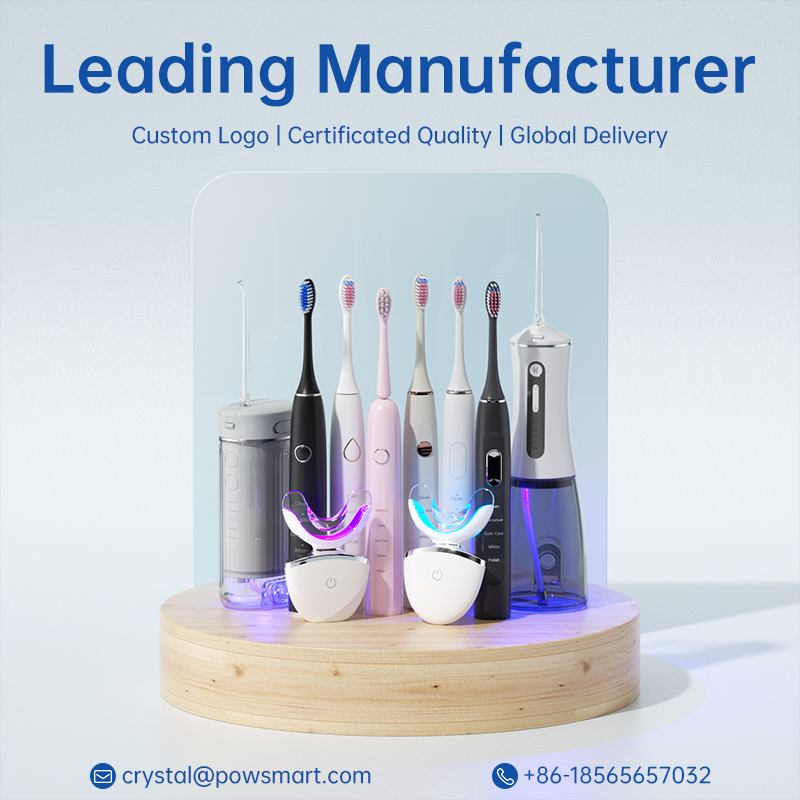
Do Dentists Actually Recommend Electric Toothbrushes? An OEM Manufacturer’s Insight
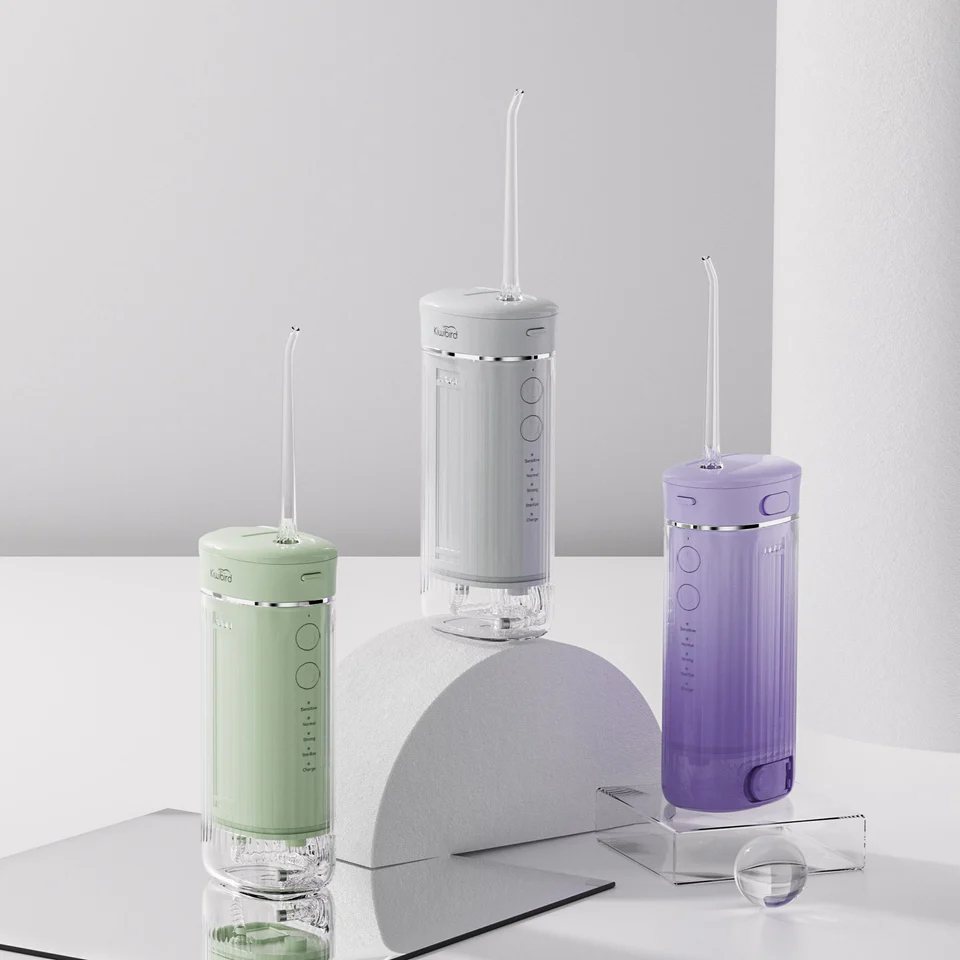
The Revolutionary Impact of Gravity Ball Design on Water Flosser Performance
Electric Toothbrush Private Label Supplier | Build Your Custom Brand Line

Pioneering Innovation in Water Flosser Manufacturing
Can Smart Timer Improve Brushing Compliance?
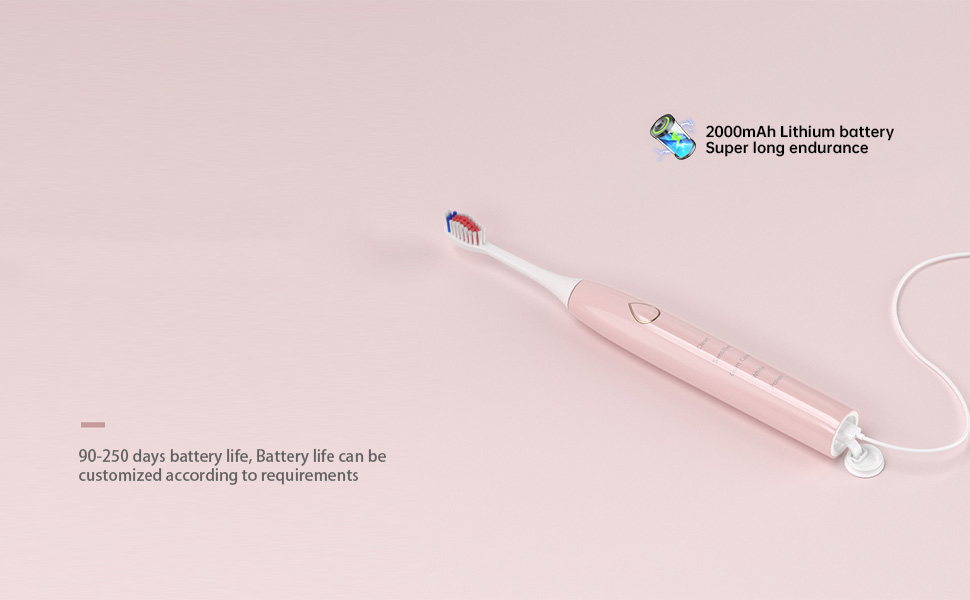
Innovations in Sweeping Vibration Toothbrushes

Private Label Whitening Gel

electric toothbrush heads Ultra Soft

Electric toothbrush heads Charcoal Infused-Diamond

Customization Teeth Whitening Gel

electric toothbrush heads Regular Clean

electric toothbrush heads Deep Clean

electric toothbrush heads Charcoal Infuse-Round
.jpg)
Florida Electric Toothbrush – Powsmart PTR-C8
whstapp
whstapp
National Toll-Free Service Hotline
+86 755 86238638